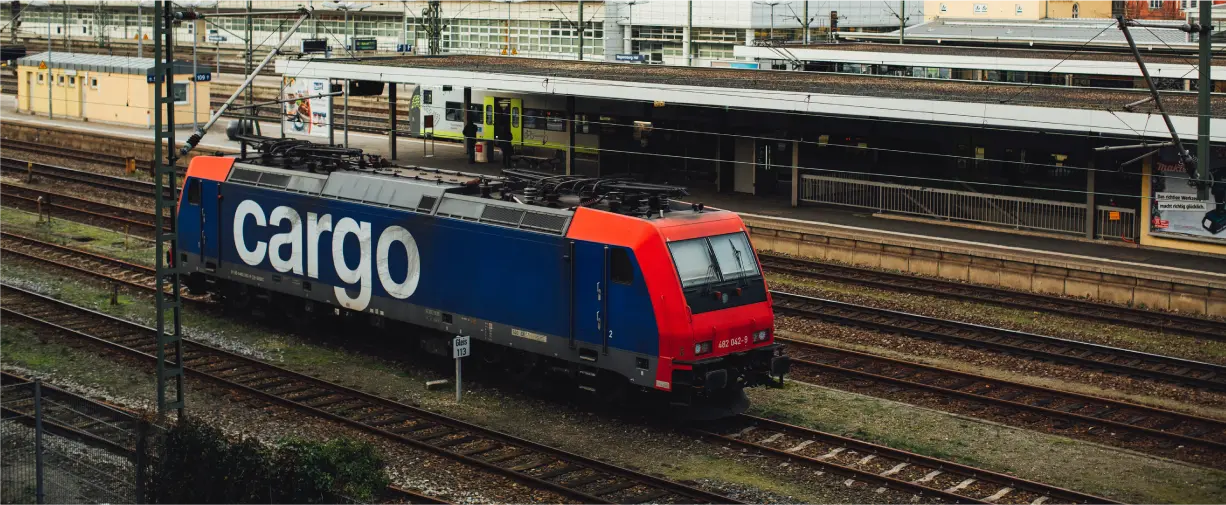The main goal of logistics management is to provide the right amount of resources or input these at the right time into the supply chain and then ensure the products are delivered to the right person and location in good condition. The goal of logistics is to meet customer requirements in a timely, cost-effective manner.
Logistics can be broken down into the below:
- Acquisition management
‣ Acquisition Logistics addresses the life cycle of a system and the technical management of the design, development, test, production, fielding, sustainment, and improvement modifications of systems. - Supplier database management
‣ Supplier database management ensures that duplicates and overlapping data are avoided, data is in sync for locations of the company and between the company and all suppliers, and that procurement officers would be able to access this data easily and quickly in order to find potential areas for improving. - Supplier management and development
‣ Supplier management is the process of assessing supplier performance, defining and setting expectations for quality and delivery, and maintaining supplier relationships. The goal of supplier management is to ensure that suppliers meet or exceed the buyer's expectations in terms of quality, delivery, and cost. - Supply contract management
‣ Contract management enables you to streamline and automate your approach to managing existing contracts and creating new ones. It helps to control costs, oversee payments, and revenue, improve productivity, and reduce error. - Supplier panel management
‣ Supplier management is a structured program to manage suppliers and improve their impact on the buyer's business. It includes managing vendor deliverables, working collaboratively to co-develop new processes, managing compliance as well as payment of invoices.
Logistics management is a detailed process of organizing and implementing an operation. When it comes to business the process is the flow of work from beginning to end, in order to fulfil the customer expectations as well as meet the business objectives.
There are 4 main types of logistics management:
- Supply management and logistics
‣ This includes planning, procuring and coordinating materials that are needed in a certain time at a particular place. This part of logistics management includes transportation and storage of the goods. The level of supply is evaluated at different stages to ensure customer expectations are met. - Distribution and Material movement
‣ This part of logistics management is the part where the goods that are stored is transported to the end destination. It includes moving the goods, including loading, unloading and keeping track of the stock. It controls the movement of the stock from the warehouse to the stores where the goods is sold to the end customer. - Production logistics and management
‣ This stage of the process is where the product is created. It involves the stages of what materials need to arrive at what time to be able to get the end product to the customer at the right time. - Reverse logistics and product return
‣ This stage of logistics is the management of reclaiming materials and goods from production. For instance the return of unwanted or unused products from the customer.
Ubunye's products are perfect for the capturing, storing and retrieving of documents, whether it is in the warehouse, on the road or at the point of delivery.
Contact one of our friendly team members on bps@ubunye.com to see how we can smooth the path for your logistics operation.

